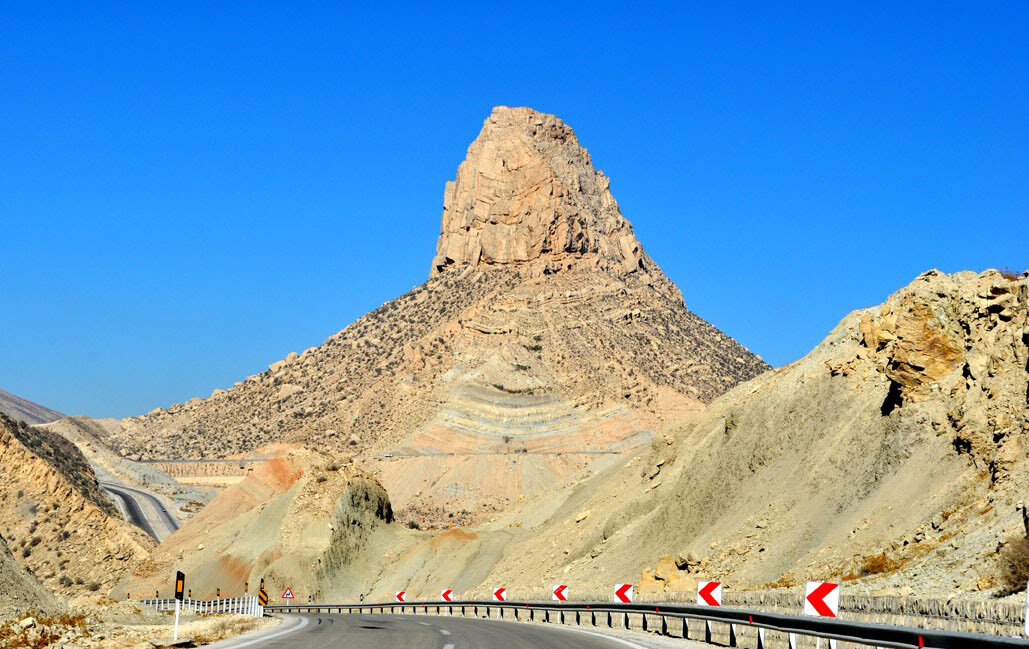Discover mysterious Mount Pardis in southwest Iran

TEHRAN – Mount Pardis emerges as a fascinating tourist attraction that enchants geologists and is surrounded by myths. While many claims may lack credibility, global researchers are ardently engaged in unraveling its mysteries.
The mount is widely called Padri by the locals, which consists of two parts: “Pad” meaning protector, and “Ri” meaning royal city.
Situated in the city of Jam, approximately 270 kilometers from Bushehr, Mount Pardis boasts an elevation of 1040 meters above sea level, symbolizing an ancient myth in the southern regions of Iran.
Situated on the Zagros Mountain range, its unique climate distinguishes it from the southern coasts, creating a habitat for diverse plant and animal species.
The strategic significance of Mount Pardis becomes evident in its historical use by different empires, such as the Achaemenids.
Contrary to various unverified claims, the allure of the mount lies not only in its myths but also in the historical structures and fortifications that reflect its strategic importance throughout history.
The best times to visit Mount Pardis are during the fall and winter, providing a pleasant climate for exploration. The region's mild weather during the Nowruz holidays adds to the appeal for visitors.
While the mystical allure of Mount Pardis is surrounded by myths, such as its alleged magnetic properties which move cars or being the closest spot on the earth to the sun, it is essential to approach these stories with a critical mindset. Despite the lack of scientific evidence supporting such claims, the historical and cultural significance of the mount makes it a captivating destination for those eager to explore the rich tapestry of Iran’s past.
For travelers seeking an unforgettable experience, Padris promises not only a journey through time and mythology, but also a glimpse into the breathtaking landscapes and historical echoes that define this remarkable region.
Leave a Comment